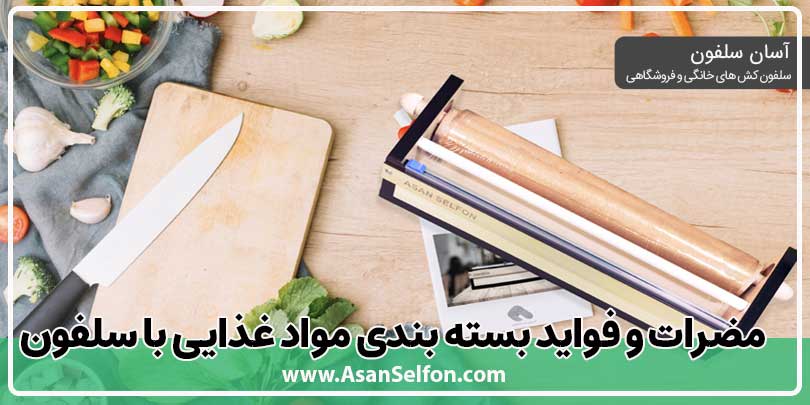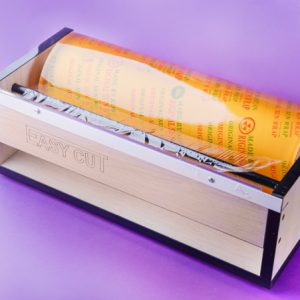Nowadays, cellophane is used for food packaging in most houses, stores and restaurants. Cellophane, which is made of plastic, in addition to its beneficial effects, unfortunately also has disadvantages. Join us in the easy cellophane collection to examine the disadvantages and benefits of food packaging with cellophane.
Disadvantages of cellophane in food packaging
As you know, cellophane is made of plastic. And one of the characteristics of cellophane is that it is soft and flexible, and this factor is due to the presence of the substance “diadipat” or DEHA in the ingredients of cellophane. Unfortunately, this substance has the ability to penetrate into food. But the amount of penetration of this substance into food depends on the type of food and packaging conditions. Note that the fattier the food, the longer the packaging period, and the higher the temperature of the food, the greater the penetration of “diadipat” or DEHA.
A recommendation: you can easily put cellophane on the leftover food and put it in the refrigerator, but on the condition that the food is cold and has completely cooled down






